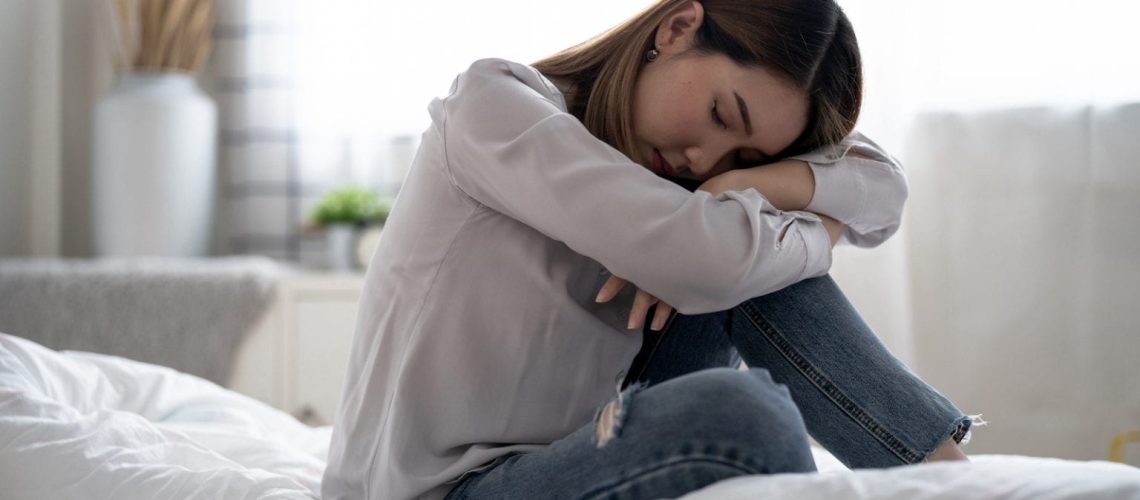There are many non-invasive methods to treat OSA. Similarly, not every patient needs to be on a lifelong sleep apnea device, called continuous positive airway pressure (CPAP), too.
Pune: IT professional Abhishek (40) would wake up feeling all weary, making it impossible for him to concentrate at work and leading to memory lapses. When daytime lethargy, as well as snoring, became a routine leading to teasing by his colleagues, he decided to seek medical help.
A simple non-invasive test, called FNLP (flexible naso-laryngo-pharyngoscopy), revealed that Abhishek had obstruction at the palate (the top part of the inside of his mouth) and enlarged tonsils, which were obstructing normal breathing during sleep.
Tonsils are two oval-shaped pads of tissue at the back of the throat. His ENT surgeon then removed the enlarged tonsils and sutured the side walls (muscle tissue of the palate). “I wake up fresh now and daytime sleepiness has gone too,” Abhishek said.
Over the past 20 years, extensive research has gone into the procedures to help people with snoring and obstructive sleep apnea (OSA) — a sleep disorder.
“The results have been encouraging. They are evidence-based and not just anecdotal,” said ENT surgeon Dr Seemab Shaikh, founder national president of the Indian Association of Surgeons for Sleep Apnea – a pan-India body of sleep experts.
Dr Shaikh, however, said the removal of tonsils (tonsillectomy) alone wasn’t enough. “Other small procedures like suturing throat muscles (side walls), which are relaxing too much to allow breathing, also need to be considered as an extension of tonsillectomy,” he said.
But not every patient requires surgery. “There are many non-invasive methods to treat OSA. Similarly, not every patient needs to be on a lifelong sleep apnea device, called continuous positive airway pressure (CPAP), too,” Dr Shaikh said.
With CPAP, a person can wear a mask over the nose or mouth while sleeping. The mask is hooked up to a machine providing constant flow of air into the nose for normal breathing. “Now, non-CPAP therapy options are plenty. Most of them have a good success rate,” he said.
Sharing the view, Kolkata-based ENT surgeon Dr Dipankar Datta said, “Extended correction addressing lateral pharyngeal wall and palate has a huge role to play in OSA.”
Sadly, the awareness about the sleep disorder is poor, making it one of the most underrecognized and a potentially life-threatening condition. In India alone, about 10% of adult population suffers from it, studies showed.
“Snoring is often what can warn the patients of sleep apnea. Diagnosis in most patients can be done by a simple home sleep study and an endoscopy can help diagnose the exact cause,” said Mumbai-based ENT surgeon Dr Samir Bhargava.
On March 17, World Sleep Day serves as a reminder that sleep is an essential human privilege that is unfortunately compromised by the demands and habits of modern life. This year’s theme is ‘sleep is essential for health’.



